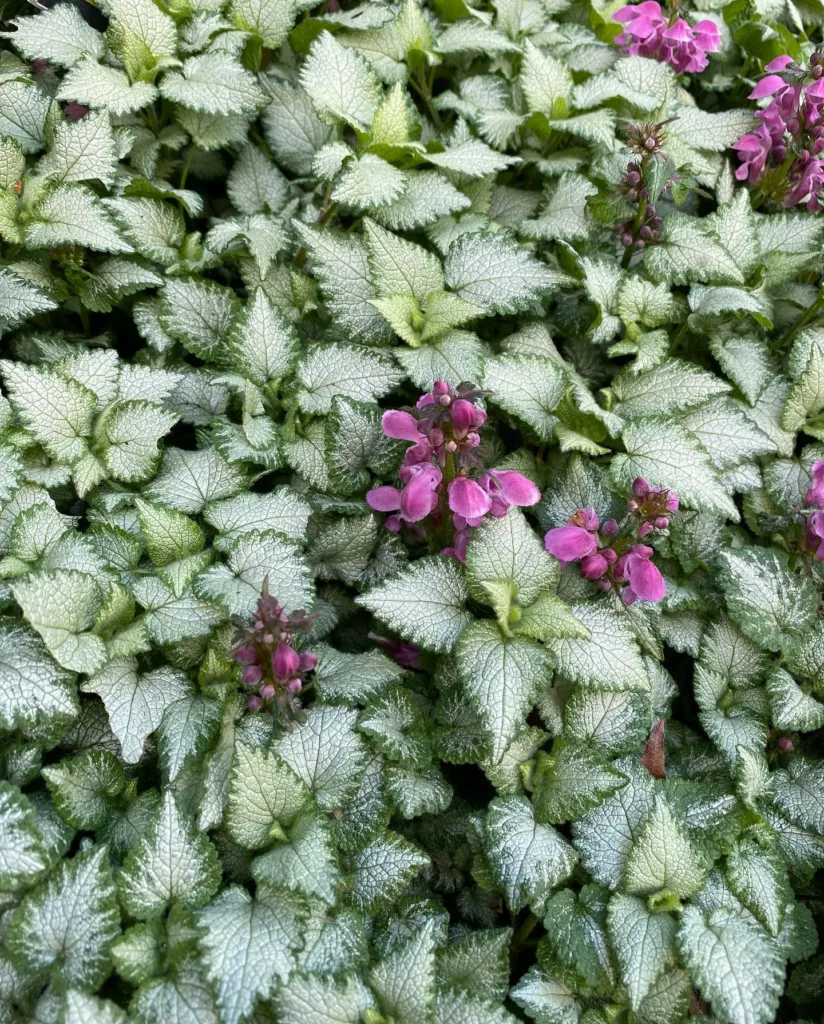What Is Juniperus Mountbatten?
Juniperus Mountbatten is a striking evergreen shrub that has earned a special place in my garden. Known for its dense, blue-green foliage and unique, spreading form, it makes a statement in any landscape. The plant belongs to the Juniperus genus, which includes various junipers renowned for their hardiness and adaptability. Mountbatten, in particular, is a cultivar appreciated for its ability to withstand different weather conditions and soil types.
74 Species in Genus Juniperus
How to Care for Juniperus Mountbatten?
Caring for Juniperus Mountbatten is relatively straightforward, making it an excellent choice for both novice and seasoned gardeners. Here’s how I keep mine thriving:
- Sunlight: Juniperus Mountbatten prefers full sun to partial shade. In my experience, it does best with at least six hours of direct sunlight daily. If planted in too much shade, it can become leggy and less vibrant.
- Soil: It’s adaptable to various soil types, but well-drained soil is crucial. I ensure the soil is neither too sandy nor too clayey. A pH range of 6.0 to 8.0 is ideal. Adding organic matter helps improve soil structure and drainage.
- Watering: This juniper is drought-tolerant once established. I water it deeply during dry spells, but I avoid overwatering as it can lead to root rot. In general, watering once a week should suffice unless there’s heavy rainfall.
- Pruning: Regular pruning is not necessary, but I trim it to maintain its shape and remove any dead or damaged branches. Pruning in late winter or early spring before new growth begins works best for me.
- Fertilization: I use a balanced, slow-release fertilizer once in early spring. Over-fertilizing can lead to excessive, weak growth, so I prefer a conservative approach.
How to Propagate Juniperus Mountbatten?
Propagating Juniperus Mountbatten is an exciting process that I’ve found fairly successful. Here’s how I do it:
- From Cuttings: I take semi-hardwood cuttings in late summer. The cuttings should be around 4-6 inches long with a few sets of leaves. I remove the lower leaves and dip the cut end in rooting hormone before planting them in a well-draining mix. Keeping the cuttings in a humid environment helps with root development.
- From Seeds: Propagating from seeds is another option. I collect seeds from mature berries and stratify them by placing them in a moist medium in the refrigerator for about a month. After stratification, I sow the seeds in a seed tray and keep them warm and moist until they germinate.
What to Plant With Juniperus Mountbatten?
Juniperus Mountbatten pairs well with various plants, adding texture and contrast to the garden. I like to plant it alongside:
- Perennials: Plants like hostas, daylilies, and sedums complement its evergreen foliage and provide seasonal interest.
- Grasses: Ornamental grasses such as fountain grass or feather reed grass create a dynamic contrast with the dense juniper.
- Deciduous Shrubs: Hydrangeas and spireas offer seasonal blooms that balance the juniper’s year-round greenery.
How to Use Juniperus Mountbatten?
In my garden, Juniperus Mountbatten serves several purposes:
- As a Foundation Plant: It makes a great foundation plant, providing structure and year-round color.
- For Ground Cover: Its spreading habit makes it effective as a ground cover, helping to suppress weeds.
- In Rock Gardens: It fits beautifully in rock gardens or as part of a xeriscape due to its drought tolerance.
Is Juniperus Mountbatten Toxic?
Juniperus Mountbatten is not considered highly toxic, but it’s essential to keep an eye on pets and small children. The berries and foliage can cause mild gastrointestinal upset if ingested in large quantities. In my experience, though, this has rarely been an issue. I advise keeping pets away from the plant to avoid any potential problems.
Common Problems and Solutions
Over the years, I’ve encountered a few issues with Juniperus Mountbatten:
- Pest Issues: Occasionally, spider mites or scale insects can be a problem. Regular inspection and using insecticidal soap or neem oil can help manage these pests.
- Fungal Diseases: Root rot and blight can occur, especially in poorly-drained soils. Ensuring proper drainage and avoiding overhead watering helps prevent these issues.
By following these guidelines, Juniperus Mountbatten can thrive and add lasting beauty to your garden. Its resilience and versatility make it a favorite of mine, and I hope these tips help you enjoy this exceptional shrub as much as I do.
If i die, water my plants!



